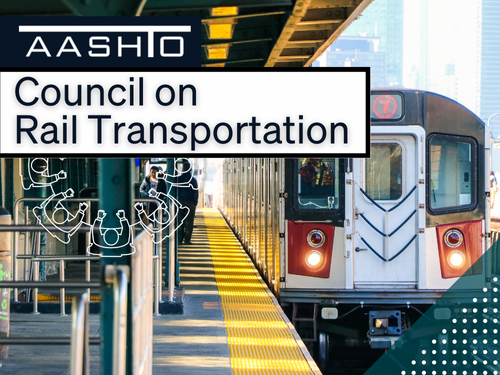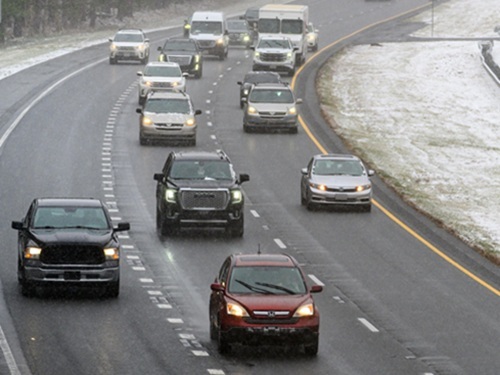The Federal Transit Administration recently awarded $10.3 million in Tribal Transit Program grant awards to 36 tribal governments for projects that support transit services for American Indian Tribes and Alaska Native villages in rural areas.
[Above photo by the Cherokee Nation]
FTA’s Tribal Transit Program supports public transportation for federally recognized Indian Tribes and Alaska Native villages, groups, and communities – funding that helps meet the transportation needs of tribal citizens, including older adults, people with disabilities, and youth in rural areas.

“Resources to tribal transit programs in Indian Country are critical in addressing connectivity for Tribal residents to go to work, school, shopping, medical appointments or other daily necessities,” said Arlando Teller, deputy assistant secretary for tribal affairs at the U.S. Department of Transportation, in a statement.
Under the $1.2 trillion Infrastructure Investment and Jobs Act signed in law in November 2021, an additional $229 million will be available for public transportation on Indian reservations via formula and competitive grants over a five-year period (fiscal years 2022 to 2026).
“These grants strengthen Tribal transportation by making investments that maintain transit services, enhance economic development, and increase safety, sustainability, resiliency, and accessibility, which are particularly important as we emerge from the public health emergency,” said FTA Administrator Nuria Fernandez.
State departments of transportation are also working directly with tribal governments on a range of mobility projects.
For example, researchers from the University of Minnesota helped the Minnesota Department of Transportation plan pedestrian-focused transportation projects on tribal reservations across the state.
A key take away from that study is to engage collaborators early on – in this case, working with the Advocacy Council on Tribal Transportation as a technical advisory panel, with tribal transportation managers from four reservations identifying “priority sites” for pedestrian-focused investments.
Minnesota DOT and county engineers then collaborated with tribal transportation managers and the university research team to review monitoring results and identify potential countermeasures for each area of concern.
 Nation
Nation
Registration Open for AASHTO’s Winter Rail Meeting
December 19, 2025 Nation
Nation

